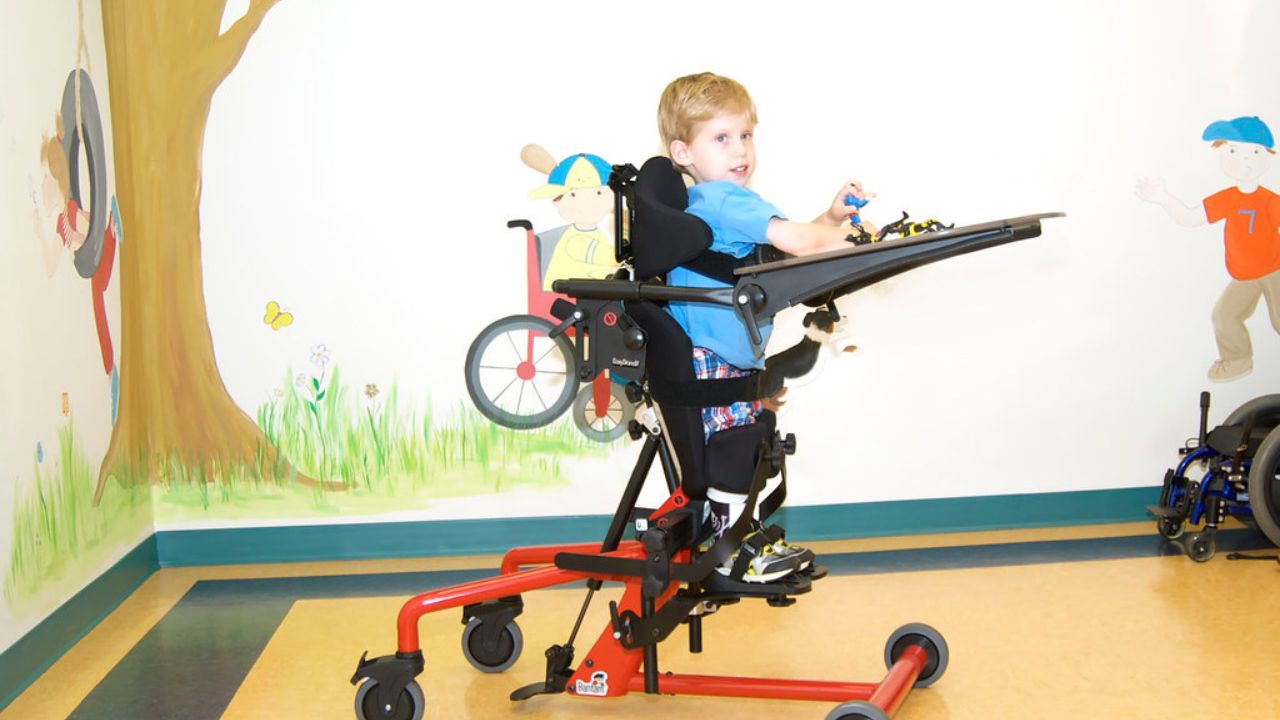
In the field of pediatric physical therapy, aspiring therapists must possess a strong foundation of knowledge and skills to effectively care for young patients.
This article explores the top 10 essentials in education and training for those seeking to specialize in pediatric physical therapy.
From specialized coursework to ethical standards, these essentials provide a comprehensive framework for aspiring pediatric physical therapists to develop the expertise necessary to provide the highest quality care for children in need.
Specialized Coursework in Pediatric Physical Therapy
Regularly, aspiring pediatric physical therapists should pursue specialized coursework in pediatric physical therapy to develop the necessary skills and knowledge for working with children.
This coursework provides a comprehensive understanding of early intervention strategies and pediatric orthopedic conditions, which are essential for effective treatment and care. By studying early intervention strategies, therapists learn how to identify developmental delays and implement appropriate interventions to promote optimal growth and development in children.
Additionally, coursework in pediatric orthopedic conditions equips therapists with the expertise to assess and treat musculoskeletal disorders in children, such as scoliosis, fractures, and sports injuries. This specialized knowledge enables therapists to provide targeted interventions and rehabilitation techniques to address the unique needs of pediatric patients.
Anatomy and Physiology of Pediatric Patients
The comprehensive understanding of the anatomy and physiology of pediatric patients is vital for aspiring pediatric physical therapists to effectively assess and treat their unique healthcare needs.

Pediatric growth and development is a complex and dynamic process, and therapists must be knowledgeable about the various stages of growth and how they impact a child's movement and function.
Additionally, understanding the common pediatric conditions is crucial in developing appropriate treatment plans. Conditions such as cerebral palsy, spina bifida, and developmental delay require therapists to have a deep understanding of the underlying anatomical and physiological factors that contribute to these conditions.
Assessment and Evaluation Techniques for Pediatric Physical Therapy
Effective assessment and evaluation techniques are crucial for pediatric physical therapists to accurately diagnose and develop tailored treatment plans for their young patients. Here are four important aspects to consider when conducting assessments and evaluations in pediatric physical therapy:
Outcome measures for tracking progress in pediatric physical therapy: It is essential to use standardized outcome measures to objectively track a child's progress over time. These measures provide valuable data on functional abilities, strength, range of motion, and pain levels.
Effective communication techniques with pediatric patients and their families: Building rapport and establishing trust with both the child and their family is vital. Using age-appropriate language, active listening skills, and involving the family in goal-setting and treatment decisions can greatly enhance the therapeutic relationship.
Observational skills: Pediatric physical therapists must have keen observational skills to assess a child's movement patterns, posture, balance, coordination, and overall motor development. This allows for accurate identification of strengths, weaknesses, and specific areas of concern.
Flexibility and adaptability: Every child is unique, and assessment and evaluation techniques need to be flexible and adaptable to accommodate individual differences and developmental stages. Pediatric physical therapists should be able to modify assessments and evaluations to suit the child's abilities and needs.
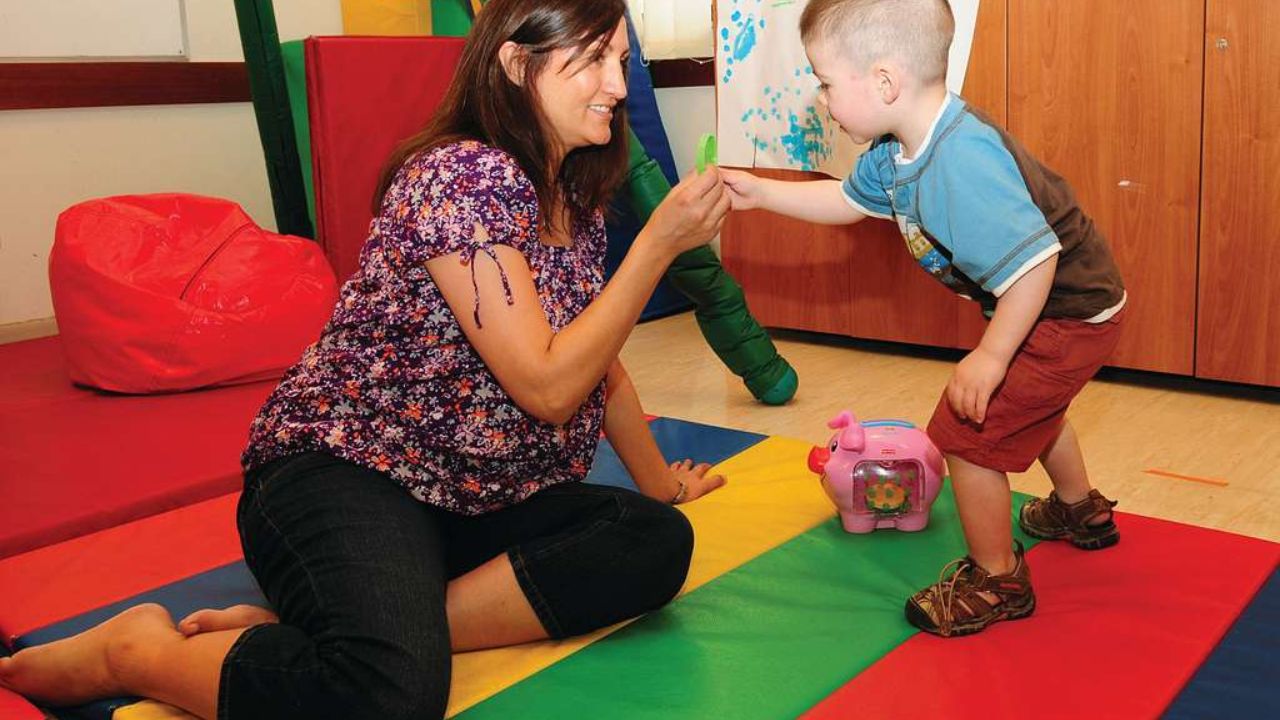
Developmental Milestones and Motor Control in Children
An understanding of developmental milestones and motor control in children is essential for aspiring pediatric physical therapists. Developmental milestones are crucial indicators of a child's growth and can help identify any motor delays or difficulties early on. By understanding these milestones, therapists can design appropriate interventions and strategies to support a child's motor development.
Early intervention strategies play a vital role in addressing motor delays, as they focus on identifying and addressing developmental concerns in children as early as possible. These strategies include activities that promote motor skills, such as crawling, walking, and fine motor movements.
Motor delay interventions aim to improve a child's motor control and coordination through targeted exercises, therapeutic activities, and adaptive equipment. By implementing these interventions, pediatric physical therapists can help children achieve their developmental milestones and improve their overall motor functioning.
Treatment Planning and Intervention Strategies for Pediatric Conditions
To effectively address pediatric conditions, aspiring pediatric physical therapists must develop comprehensive treatment plans and employ evidence-based intervention strategies. This involves utilizing effective communication strategies and therapeutic play techniques to engage and motivate young patients.
Here are four essential elements to consider when planning and implementing interventions for pediatric conditions:
Individualized Treatment: Each child is unique, and treatment plans should be tailored to their specific needs and abilities. This may involve assessing their strengths, weaknesses, and goals, and developing a personalized plan accordingly.
Multidisciplinary Collaboration: Collaborating with other healthcare professionals, such as occupational therapists, speech therapists, and psychologists, can enhance the effectiveness of interventions and provide a holistic approach to care.
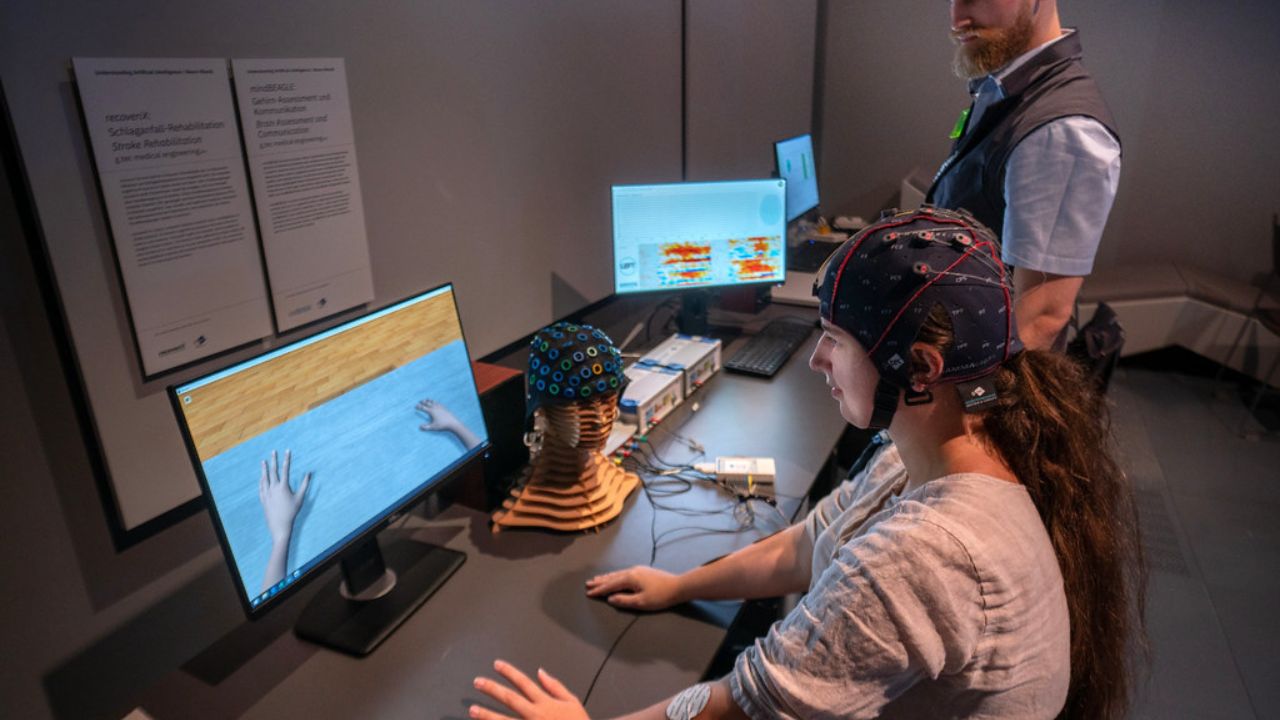
Family Involvement: Including the child's family in the treatment process is crucial for successful outcomes. Providing education, support, and involving them in therapy sessions can promote carryover of skills and encourage a supportive environment at home.
Goal-Oriented Interventions: Setting clear, achievable goals helps guide the treatment process and allows for monitoring progress. Breaking down goals into smaller, manageable steps ensures continuous progress and keeps the child motivated.
Adaptive Equipment and Assistive Technology for Pediatric Patients
Pediatric physical therapists can enhance their practice by incorporating adaptive equipment and assistive technology to improve the functional abilities and independence of their young patients.
The field of pediatric physical therapy has seen significant advancements in adaptive equipment, which are specially designed tools and devices that assist children with disabilities in performing daily activities. These advancements have allowed therapists to provide personalized interventions and optimize the outcomes for their patients.
Furthermore, the role of technology in pediatric therapy cannot be understated. With the help of technology, therapists can now utilize innovative devices such as robotic exoskeletons or virtual reality systems to engage children in therapy sessions and promote motor skill development.
These technological advancements have opened up new possibilities for pediatric physical therapists to deliver impactful and effective interventions that cater to the unique needs of their patients.
Pediatrics-Focused Clinical Rotations and Internships
During pediatrics-focused clinical rotations and internships, aspiring pediatric physical therapists gain invaluable hands-on experience working directly with young patients under the guidance of experienced professionals. These fieldwork experiences in pediatric physical therapy are crucial for developing the skills and knowledge necessary to provide effective care for children.
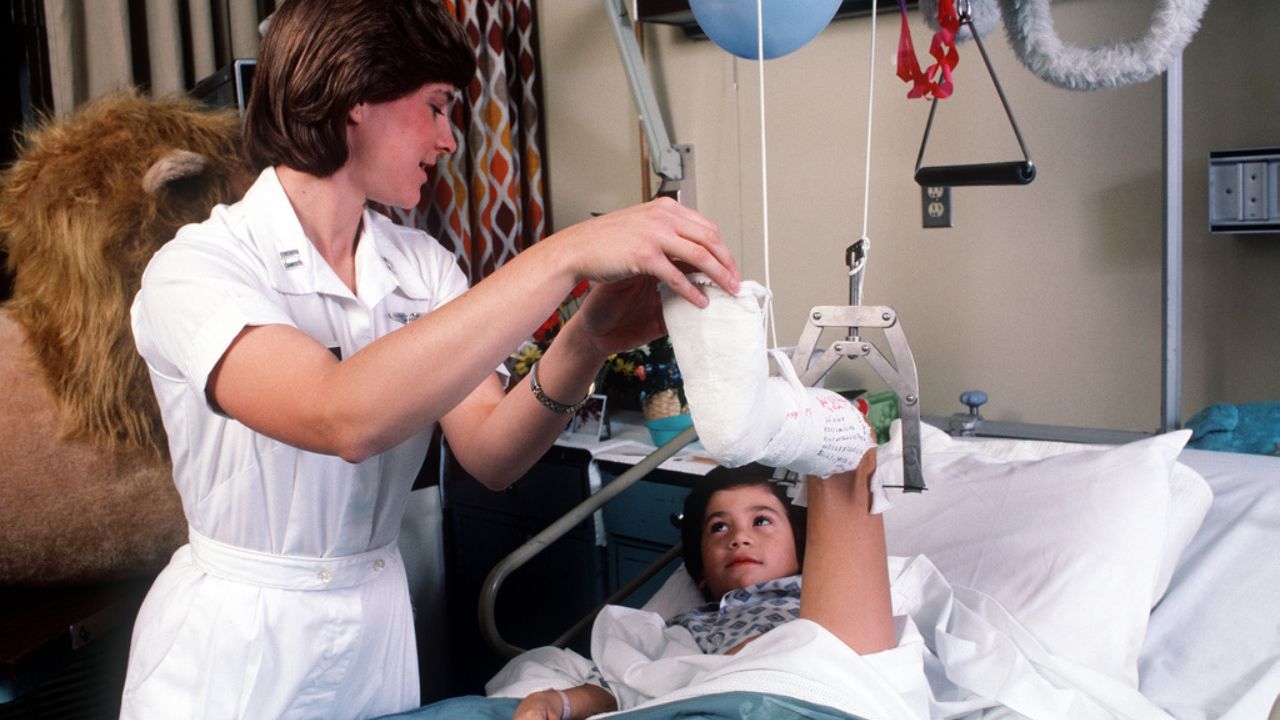
Here are four reasons why pediatrics-focused clinical rotations and internships are essential in the education and training of aspiring pediatric physical therapists:
Direct patient interaction: These rotations and internships allow students to work directly with young patients, giving them the opportunity to apply their theoretical knowledge in real-life situations.
Observation and assessment: Aspiring pediatric physical therapists learn how to observe and assess children's physical abilities, helping them identify areas of concern and develop appropriate treatment plans.
Collaboration: Working alongside experienced professionals, students learn how to collaborate with other healthcare providers, parents, and caregivers to ensure comprehensive care for pediatric patients.
Importance of early intervention: Through these experiences, students gain a deeper understanding of the importance of early intervention in pediatric physical therapy. They learn how early identification and intervention can significantly improve outcomes for children with developmental delays or disabilities.
Interdisciplinary Collaboration in Pediatric Healthcare Settings
Within pediatric healthcare settings, effective interdisciplinary collaboration is essential for providing comprehensive care to young patients. This team-based approach involves professionals from different disciplines working together to develop integrated treatment plans that address the physical, emotional, and developmental needs of children.
Interdisciplinary collaboration allows for a holistic approach that considers all aspects of a child's well-being, leading to more effective and efficient care. By bringing together experts from various fields such as physical therapy, occupational therapy, speech therapy, psychology, and nutrition, pediatric healthcare professionals can pool their knowledge and skills to provide the best possible outcomes for their patients.
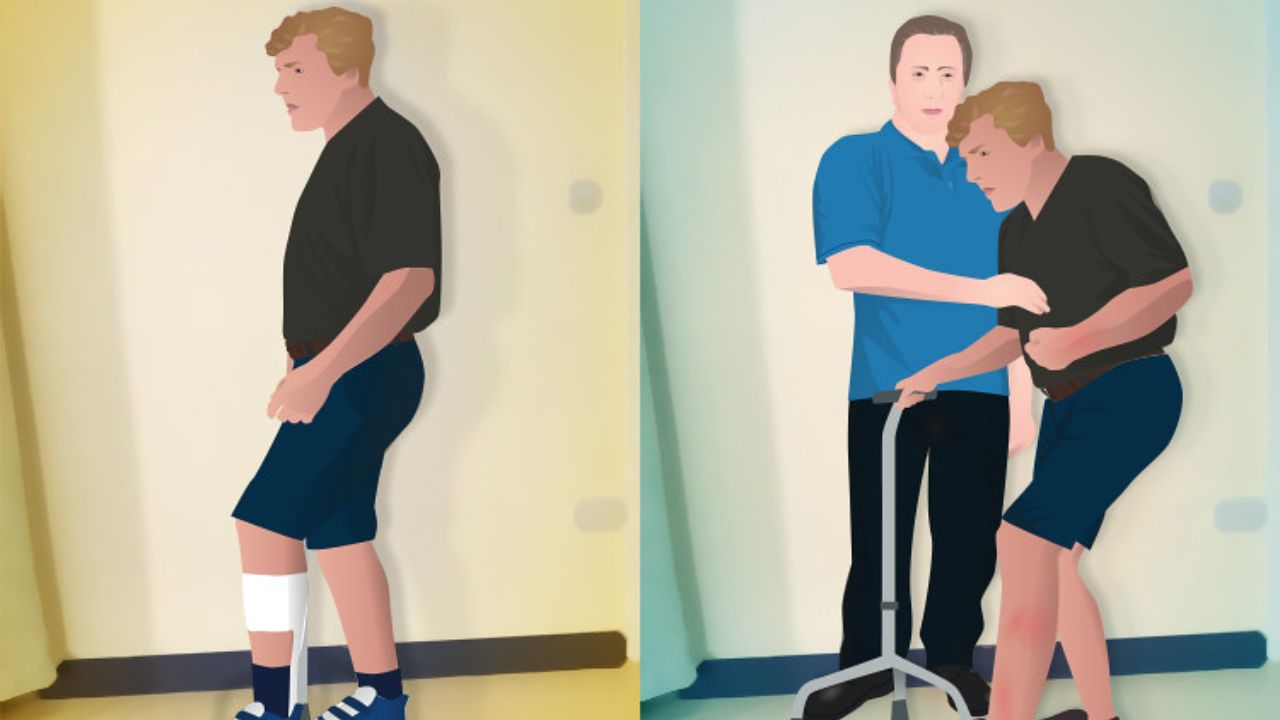
This collaboration also promotes communication and coordination among team members, ensuring that all aspects of a child's care are addressed in a cohesive manner. Ultimately, interdisciplinary collaboration is crucial for optimizing the health and development of pediatric patients.
Evidence-Based Practice in Pediatric Physical Therapy
One of the key foundations for effective physical therapy practice in pediatrics is the consistent application of evidence-based approaches. Evidence-based practice in pediatric physical therapy involves using the most current and relevant evidence from research to guide clinical decision-making. By incorporating evidence-based research, pediatric physical therapists can ensure that they are providing the best possible care for their young patients.
Here are four reasons why evidence-based practice is crucial in pediatric physical therapy:
Enhances patient outcomes: By using evidence-based practices, therapists can provide interventions that have been proven to be effective, leading to improved outcomes for their patients.
Reduces variability in practice: Evidence-based practice helps to standardize care and reduce unnecessary variations in treatment approaches, ensuring that all patients receive the best possible care.
Increases therapist confidence: By relying on evidence-based practices, therapists can have confidence in their treatment decisions, knowing that they are based on the best available evidence.
Facilitates collaboration: Evidence-based practice encourages collaboration among healthcare professionals, as it provides a common language and framework for decision-making.

Professional Ethics and Standards in Pediatric Physical Therapy
What are the key principles that guide professional ethics and standards in pediatric physical therapy?
As aspiring pediatric physical therapists, it is essential to understand and uphold the ethical standards that govern our profession. Ethical dilemmas may arise in our practice, and it is crucial to handle these situations with integrity and professionalism.
Professional boundaries play a significant role in maintaining the trust and confidentiality of our patients and their families. These boundaries help establish a healthy therapeutic relationship and prevent any potential conflicts of interest.
In pediatric physical therapy, it is essential to prioritize the best interests of the child and their overall well-being. Upholding professional ethics and standards ensures that we deliver high-quality care and maintain the integrity of our profession.
Frequently Asked Questions
How Long Does It Typically Take to Complete Specialized Coursework in Pediatric Physical Therapy?
The time taken to complete specialized coursework in pediatric physical therapy can vary depending on the program and individual circumstances. However, it typically takes around 2-3 years to complete the necessary coursework and clinical training.
What Are Some Common Challenges Faced When Assessing and Evaluating Pediatric Patients in Physical Therapy?
Challenges in assessing and evaluating pediatric patients in physical therapy include communication barriers, limited attention span, and difficulty in gathering accurate information. These obstacles require specialized training in pediatric assessment techniques and adapting interventions accordingly.
Can You Provide Examples of Specific Treatment Planning and Intervention Strategies Used for Different Pediatric Conditions?
Specific treatment planning and intervention strategies are essential in addressing various pediatric conditions. This may involve the use of adaptive equipment, interdisciplinary collaboration, and specialized coursework. By evaluating pediatric patients and incorporating assistive technology, the benefits of an interdisciplinary approach can be maximized.
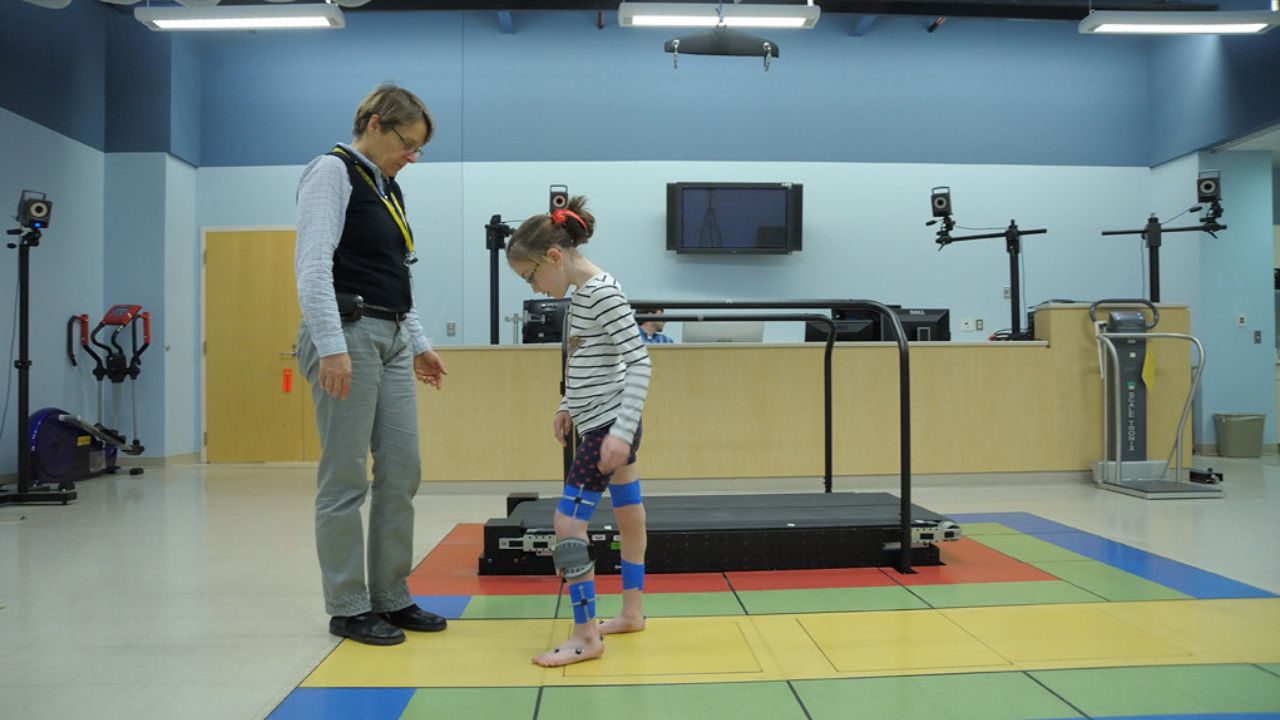
What Are Some Examples of Adaptive Equipment and Assistive Technology That Are Frequently Used With Pediatric Patients?
Adaptive equipment and assistive technology play a crucial role in pediatric physical therapy, enhancing the mobility and independence of patients. Examples include wheelchairs, walkers, orthotics, communication devices, and sensory equipment, tailored to meet individual needs and improve overall quality of life.
How Important Is Interdisciplinary Collaboration in Pediatric Healthcare Settings and What Are the Benefits of This Approach?
Interdisciplinary collaboration in pediatric healthcare settings is crucial for providing comprehensive care. Benefits include improved patient outcomes, enhanced communication among healthcare professionals, and a holistic approach to treatment that addresses the physical, emotional, and social needs of the child.
 Mobility trainingHome Fitness RecoverySports Injury PreventionPersonal Physical TherapyOrthopedic SolutionsPrivacy PolicyTerms And Conditions
Mobility trainingHome Fitness RecoverySports Injury PreventionPersonal Physical TherapyOrthopedic SolutionsPrivacy PolicyTerms And Conditions
